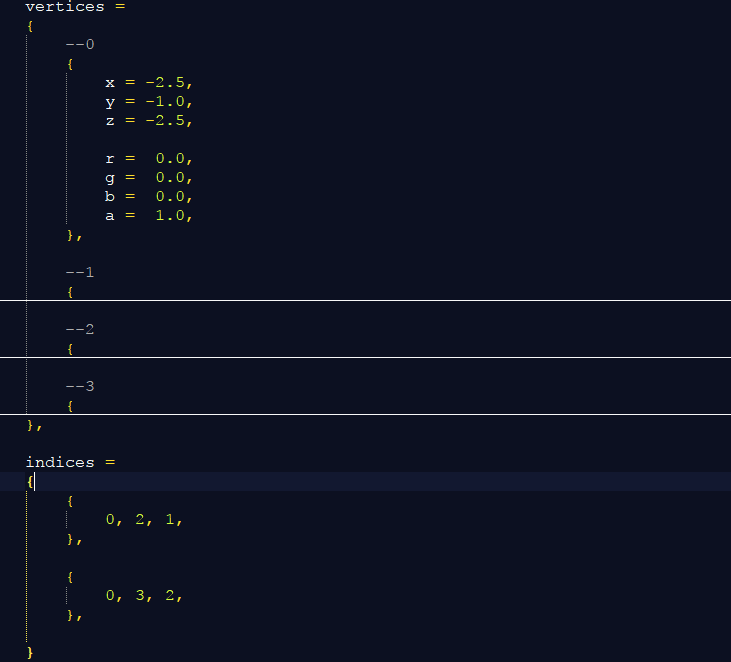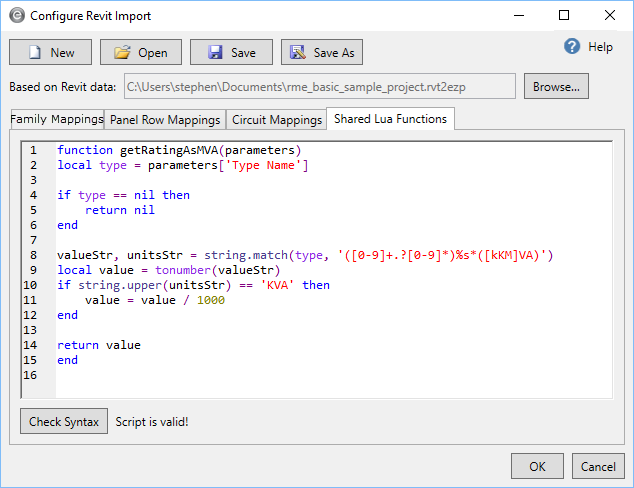

use regualar expressions to search for text either in your current file or the entire project.drag and drop file/directory opening (drop files/folders in the panel on the right).tab support for viewing muliple files at once.zip/.smod support (no need to extract some 4000 files each time a new release hits us, works right off your RAM. With Axes objects spanning columns or rows, using subplot_mosaic. Multiple Axes can be added a number of ways, but the most basic is Object references you can add Artists to either Figure. You can open multiple Figures with multiple calls toįig = plt.figure() or fig2, ax = plt.subplots(). Finally, the colorbar will have default locatorsĪnd formatters appropriate to the norm. You can also change the appearance of colorbars with theĮxtend keyword to add arrows to the ends, and shrink and aspect toĬontrol the size. Colorbars are figure-level Artists, and are attached toĪ ScalarMappable (where they get their information about the norm andĬolormap) and usually steal space from a parent Axes. Colorbars #Īdding a colorbar gives a key to relate the color back to the More normalizations are shown at Colormap Normalization.
ScalarMappable with the norm argument instead of vmin and vmax. Sometimes we want a non-linear mapping of the data to the colormap, as
Lua formatter download#
Own ( Creating Colormaps in Matplotlib) or download as Matplotlib has many colormaps to chooseįrom ( Choosing Colormaps in Matplotlib) you can make your They all can set a linear mapping between vmin and vmax into These are all examples of Artists that derive from ScalarMappable colorbar ( pc, ax = axs, extend = 'both' ) axs. scatter ( data1, data2, c = data3, cmap = 'RdBu_r' ) fig.
Lua formatter Pc#
set_title ( 'imshow() with LogNorm()' ) pc = axs.

imshow ( Z ** 2 * 100, cmap = 'plasma', norm = mpl. pcolormesh ( X, Y, Z, vmin =- 1, vmax = 1, cmap = 'RdBu_r' ) fig. subplots ( 2, 2, layout = 'constrained' ) pc = axs. exp ( - X ** 2 - Y ** 2 ) fig, axs = plt. Is to convert these to numpy.array objects prior to plotting. Input, or objects that can be passed to numpy.asarray.Ĭlasses that are similar to arrays ('array-like') such as pandasĭata objects and numpy.matrix may not work as intended. Plotting functions expect numpy.array or numpy.ma.masked_array as Most Artists are tied to an Axes suchĪn Artist cannot be shared by multiple Axes, or moved from one to another. When the Figure is rendered, all of theĪrtists are drawn to the canvas.
Lua formatter Patch#
Text objects, Line2D objects, collections objects, Patch Artist #īasically, everything visible on the Figure is an Artist (evenįigure, Axes, and Axis objects). TheĬombination of the correct Locator and Formatter gives very fineĬontrol over the tick locations and labels. Ticklabel strings are formatted by a Formatter. Of the ticks is determined by a Locator object and the On the Axis) and ticklabels (strings labeling the ticks). These objects set the scale and limits and generate ticks (the marks The Axes class and its member functions are the primaryĮntry point to working with the OOP interface, and have most of the (set via set_title()), an x-label (set via Plotting data, and usually includes two (or three in the case of 3D)īetween Axes and Axis) that provide ticks and tick labels to Axes #Īn Axes is an Artist attached to a Figure that contains a region for Note that manyįor more on Figures, see Creating, viewing, and saving Matplotlib Figures. It is often convenient to create the Axes together with the Figure, but youĬan also manually add Axes later on. subplots ( 2, 2 ) # a figure with a 2x2 grid of Axes # a figure with one axes on the left, and two on the right: fig, axs = plt. subplots () # a figure with a single Axes fig, axs = plt. figure () # an empty figure with no Axes fig, ax = plt.


 0 kommentar(er)
0 kommentar(er)
